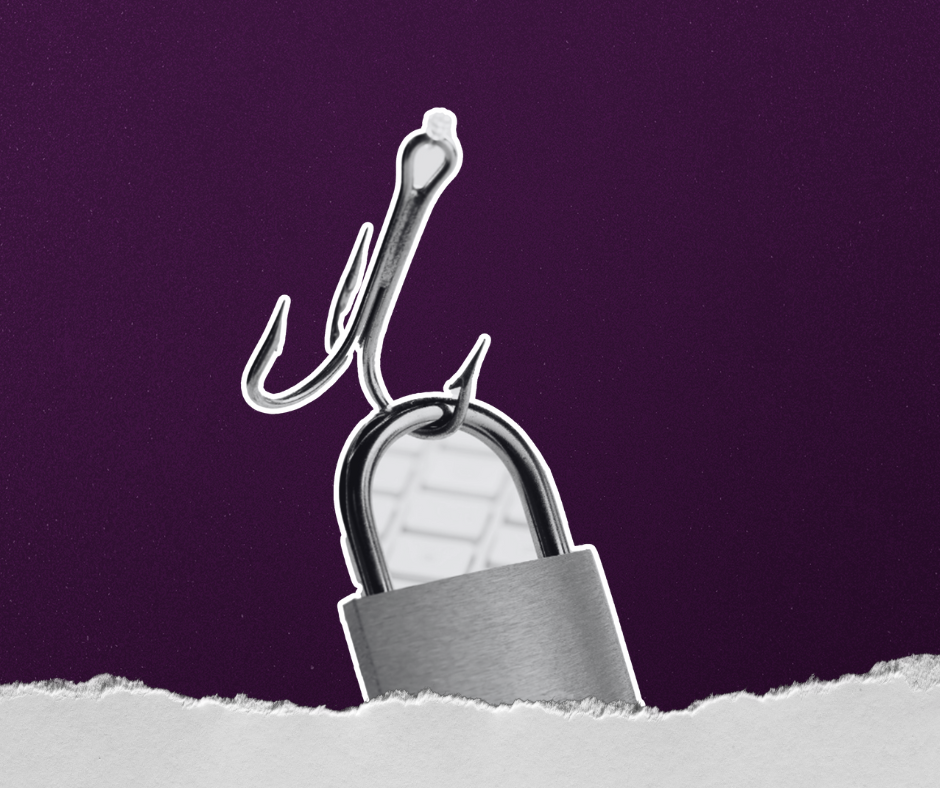Insider Threats: The Hidden Danger
Organizations face many security challenges. While external forces like hackers and cybercriminals are often in the spotlight, an equally important danger lies within the very walls of the organization. Insider threats are a hidden danger that can potentially cause severe damage to businesses, compromising sensitive data and the trust of customers. Let's highlight some concepts of insider threats and explore ways to reduce this risk!
Understanding Insider Threats
An insider threat refers to a security risk that comes from individuals within the organization who misuse their access to harm the company's interests intentionally or unintentionally. These individuals can be current or former employees, contractors, vendors, or even family members with legitimate access to sensitive information.
Types of Insider Threats
1. Malicious Insiders: Individuals with authorized access who purposely engage in harmful activities, such as data theft, sabotage, or intellectual property theft.
2. Careless Insiders: Employees who unintentionally compromise security through careless actions, like falling for phishing scams, using weak passwords, or reusing passwords.
3. Compromised Insiders: Attackers who gain unauthorized access to an individual's (see above careless insiders) credentials, using them to creep into the organization.
The Motivations Behind Insider Threats
Understanding the motivations behind insider threats can be important to developing effective preventative measures. Some reasons include financial gains, revenge, ideological beliefs, personal outrage, or even unintentional errors due to lack of proper training.
Impacts on the Organization
The consequences of insider threats can be disastrous. They may result in financial losses, damage to an organization's reputation, legal liabilities, loss of customer trust, and decrease in employee morale.
Reducing Insider Threats
1. Employee Training: Security Awareness Training is crucial to educate employees about the risks of insider threats, how to identify suspicious activities, and the importance of protecting sensitive information.
2. Access Control: Implement strict access controls and limit permissions based on job roles. This is often referred to as a Minimum Access Policy or Principal of Least Privilege.
3. Reporting Mechanism: Encouraging employees to report suspicious activities they come across.
4. Regular Inspections: Regularly conducting Vulnerability Scanning and Penetration Testing audits to identify vulnerabilities and weak points in the organization's security.
Positive Organization
A healthy and supportive work environment can reduce the likelihood of insider threats. Encourage open communication, validate and address employee concerns, and establish a culture that promotes loyalty and mutual respect.
Insider threats may not be as obvious as external cyberattacks, but they are a lurking danger that organizations must take seriously. By understanding the different types of insider threats and the motivations behind them, businesses can develop strategies for these risks. Educating employees and enforcing access controls are also key steps on protecting sensitive data and maintaining the trust of customers and partners. By recognizing a potential insider threat, organizations can strengthen their cybersecurity posture.
Are you looking to establish or upgrade your business's current IT security foundation? Technical Resource Solutions can service and recommend solutions to keep your business running efficiently and securely. Contact us today to see how we can help your business stay secure.





